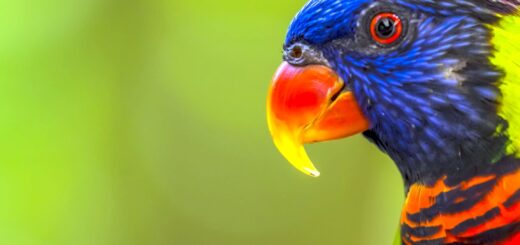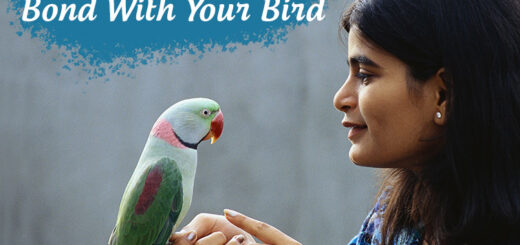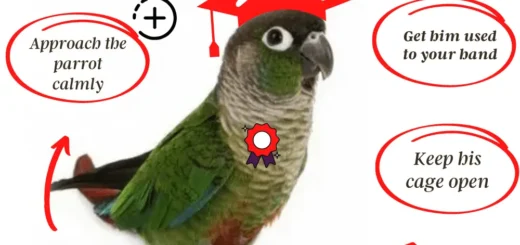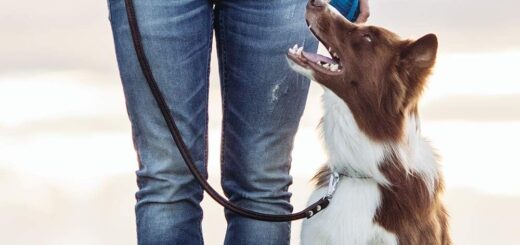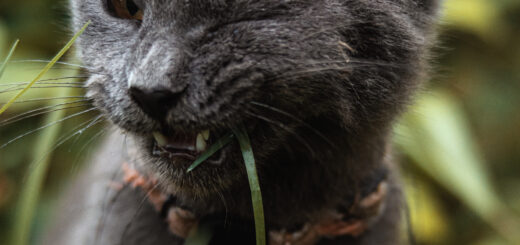Flight And Freedom: Providing Safe Out-of-Cage Time For Your Bird
In “Flight And Freedom: Providing Safe Out-of-Cage Time For Your Bird”, you will discover the importance of allowing your feathered friend to experience the joy of flight and explore their surroundings. This article aims to provide practical tips and guidance on creating a safe and enriching environment for your bird, ensuring they can enjoy their out-of-cage time without any risks. So, whether you have a parrot, cockatiel, or finch, get ready to unlock the wings of freedom and give your bird the opportunity to soar to new heights.
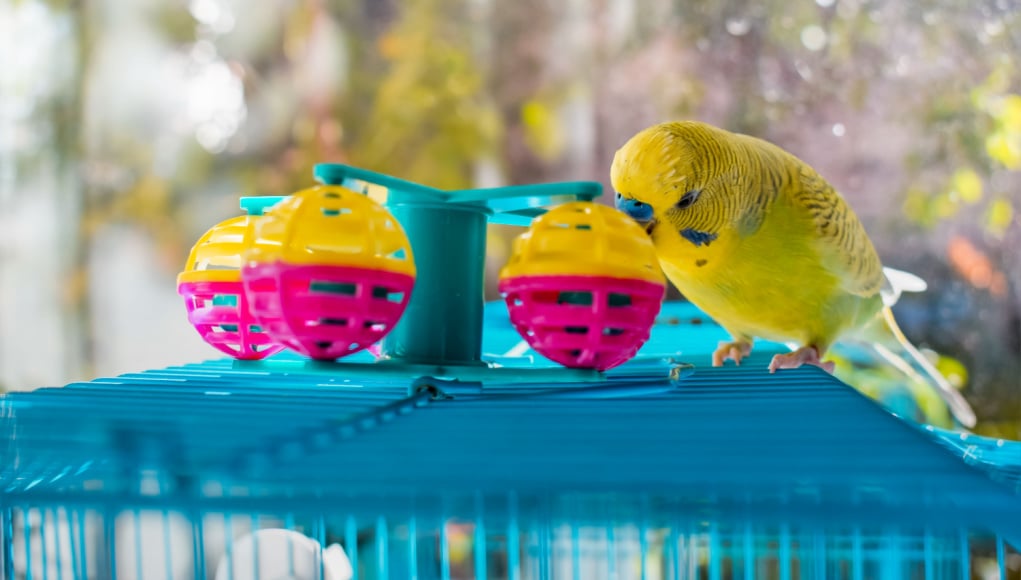
This image is property of www.thehappychickencoop.com.
Click here to check out How To Build An Aviary!
The Importance of Out-of-Cage Time
As a bird owner, you know how important it is to provide a stimulating and enriching environment for your feathered friend. One crucial aspect of creating such an environment is to allow your bird regular out-of-cage time. This not only provides mental and physical stimulation, but it also helps in building trust and bonding between you and your bird. Additionally, it plays a vital role in preventing boredom and behavioral problems that can arise from being confined to a cage for extended periods.
Mental and Physical Stimulation
Birds are intelligent creatures that require mental and physical stimulation to lead healthy and fulfilling lives. When you allow your bird to spend time out of its cage, it can explore its surroundings, interact with you and other family members, and engage in various activities that challenge its mind and body. This stimulation helps to keep your bird mentally sharp and physically fit, preventing boredom and promoting overall well-being.
Building Trust and Bonding
Spending quality time with your bird outside of its cage is an excellent way to build trust and strengthen the bond between you and your feathered companion. By allowing your bird to roam in a controlled and safe environment, you demonstrate trust in its ability to behave appropriately outside of its cage. This trust-building exercise contributes to a deeper connection between you and your bird, leading to increased mutual trust and understanding.
Preventing Boredom and Behavioral Problems
Confining a bird to its cage for extended periods can result in boredom and behavioral problems. Birds are social creatures that thrive on interaction and mental stimulation. Lack of out-of-cage time can lead to issues such as feather plucking, excessive chewing, aggression, and self-mutilation. By providing regular out-of-cage time, you offer your bird the opportunity to engage in natural behaviors, explore its environment, and interact with you and other family members, thereby reducing the likelihood of developing these problematic behaviors.
Creating a Safe Environment
When it comes to allowing your bird out of its cage, safety should be a top priority. Creating a bird-friendly and safe environment is crucial to ensure that both you and your feathered friend can enjoy out-of-cage time without any accidents or injuries.
Bird-Proofing Your Home
Before letting your bird out of its cage, it’s essential to bird-proof your home. This means taking precautions to prevent accidents and ensure your bird’s safety. Some steps you can take include covering windows and mirrors to prevent collisions, securing electrical cords to avoid chewing hazards, and removing toxic plants and substances from your bird’s reach. By paying attention to potential dangers and making necessary adjustments, you can create a safe environment for your bird to explore.
Removing Potential Hazards
In addition to bird-proofing your home, it’s crucial to remove potential hazards that could pose a danger to your feathered friend. This includes keeping other pets, such as cats and dogs, out of the area during out-of-cage time. Additionally, ensure that any open windows or doors are securely closed to prevent your bird from flying away or getting injured outside. By eliminating potential hazards, you provide a safer space for your bird to enjoy its freedom.
Creating a Play Area
To give your bird a defined space for out-of-cage time, consider creating a designated play area or playpen. This area should be secure and free from any potential dangers. You can add perches, toys, and branches for your bird to climb and explore. Providing a play area not only offers a safe space for your bird to enjoy its freedom but also helps in establishing a routine and signaling to your bird that it’s time to play and explore.
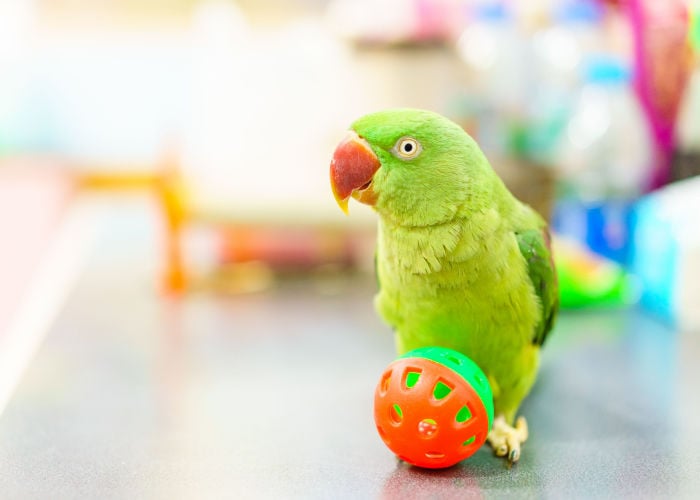
This image is property of www.thehappychickencoop.com.
Click here to check out How To Build An Aviary!
Supervising Your Bird
While out-of-cage time is essential for your bird’s well-being, it’s equally important to supervise your feathered friend during this time to ensure its safety.
Direct Supervision
Direct supervision involves actively monitoring your bird while it is out of its cage. This entails being physically present in the same room, keeping a close eye on your bird’s activities, and intervening if necessary. Direct supervision allows you to prevent any potential accidents and provides an opportunity for interaction and bonding with your bird.
Using a Playpen or Bird Stand
If you cannot provide constant direct supervision, using a playpen or a bird stand can be an effective way to keep your bird safe and contained. Playpens are portable enclosures that provide a safe space for your bird to play and explore. Bird stands are stationary perches with additional features such as food and water dishes and toys. These tools can give your bird a secure area for out-of-cage time while allowing you to attend to other tasks, knowing that your feathered friend is safe.
Safety Precautions
Regardless of the mode of supervision you choose, it’s important to take certain safety precautions. This includes ensuring that all doors and windows are closed, removing any hazardous objects from your bird’s reach, and keeping an eye out for any potentially dangerous situations that may arise. By staying vigilant and proactive, you can minimize the risk of accidents and keep your bird safe during its out-of-cage time.
Encouraging Flight
Flight is a natural behavior for birds, and allowing your feathered friend to fly has numerous benefits. However, flight time must be approached with caution to ensure the safety and well-being of your bird.
Allowing for Flight Space
When giving your bird the freedom to fly, make sure you provide enough space for it to spread its wings and navigate safely. If possible, dedicate a room or a large area where your bird can fly without any obstacles. This can significantly contribute to your bird’s mental and physical well-being as it engages in natural behaviors and exercises its wings.
Obstacle Course Training
To ensure that your bird can fly safely and avoid collisions or accidents, consider incorporating obstacle course training. This involves setting up a course with various objects for your bird to navigate through while flying. By gradually introducing obstacles and incorporating positive reinforcement training, you can help your bird build confidence, improve its flight skills, and enhance its coordination.
Outdoor Enclosures
If you have access to a secure outdoor area, consider setting up an outdoor enclosure for your bird to enjoy natural sunlight and fresh air. Outdoor enclosures can provide a richer sensory experience for your bird as it gets to explore the sights, sounds, and smells of the outdoors. However, it’s crucial to ensure that the enclosure is predator-proof, provides adequate protection from the elements, and is escape-proof to prevent your bird from flying away.
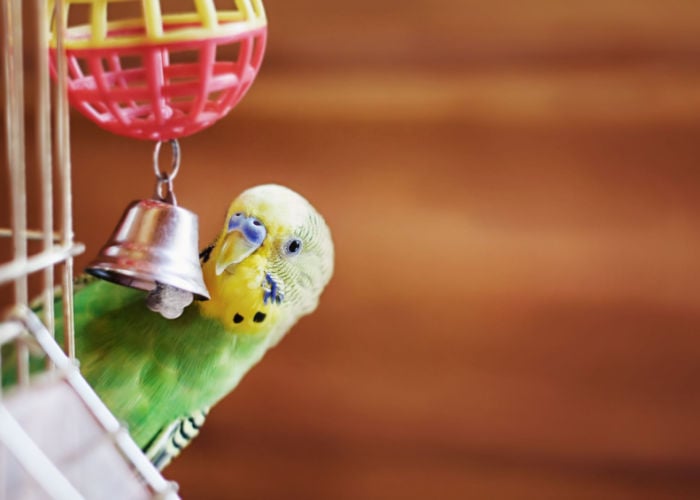
This image is property of www.thehappychickencoop.com.
Introducing Toys and Activities
To make your bird’s out-of-cage time even more enjoyable and stimulating, it’s important to provide a variety of toys and activities that cater to its physical and mental needs.
Toys for Physical Exercise
Include toys in your bird’s play area that encourage physical exercise. Toys designed for climbing, swinging, and perching can help keep your bird active and fit. Consider providing a range of textures, sizes, and materials to keep your bird engaged and interested.
Puzzle Toys for Mental Stimulation
In addition to physical exercise, mental stimulation is also crucial for your bird’s well-being. Puzzle toys, such as foraging toys or treat-dispensing toys, are excellent tools for engaging your bird’s mind and preventing boredom. These toys provide a challenge and encourage problem-solving, helping to keep your bird mentally sharp and entertained.
Foraging Opportunities
Birds have a natural instinct to forage for food, and incorporating foraging opportunities during out-of-cage time allows your bird to engage in this natural behavior. Hide treats or food puzzles around your bird’s play area to encourage foraging and mental stimulation. This not only provides mental enrichment but also gives your bird a sense of accomplishment and satisfaction when it successfully finds its reward.
Training and Recall
Training your bird and teaching it recall commands are essential for a variety of reasons. Not only does it strengthen the bond between you and your bird, but it also ensures that your feathered friend can be safely and easily returned to its cage when needed.
Positive Reinforcement Training
Positive reinforcement training is a highly effective method of teaching your bird desired behaviors. By rewarding your bird with treats, praise, or attention when it exhibits the desired behavior, you can encourage your bird to repeat that behavior in the future. Consistency and patience are key when training your bird, and positive reinforcement helps create a positive learning environment for your feathered friend.
Teaching Recall Commands
Teaching your bird recall commands, such as “come” or “step up,” is crucial for its safety and your peace of mind. Start by using these commands within the bird’s cage or play area and gradually introduce them during out-of-cage time. By consistently using these commands and rewarding your bird when it responds correctly, you can train it to return to you on command, making it easier to guide your feathered friend back to its cage when necessary.
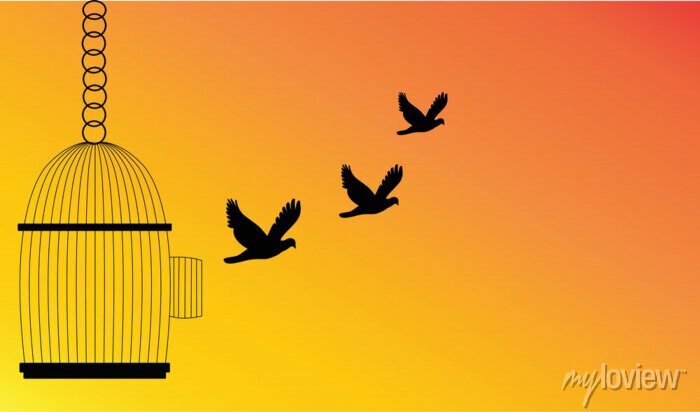
This image is property of img.myloview.com.
Setting a Routine
Establishing a routine for out-of-cage time is beneficial for both you and your bird. A consistent schedule helps your bird understand when it can expect to have freedom and playtime, reducing anxiety and uncertainty.
Daily Out-of-Cage Time
It’s important to provide your bird with daily out-of-cage time to meet its physical and mental needs. The duration of this time will depend on your bird’s species, age, and individual preferences. Gradually increase the duration as your bird becomes more comfortable and confident outside of its cage. Stick to a regular schedule, ensuring that your bird has predictable and consistent opportunities for exercise and socialization.
Regular Training Sessions
In addition to daily out-of-cage time, incorporating regular training sessions into your routine benefits both you and your bird. These sessions offer mental stimulation, strengthen the bond between you and your bird, and provide an opportunity to reinforce desired behaviors. Keep training sessions short and engaging, using positive reinforcement to make them enjoyable for your bird.
Maintaining a Consistent Schedule
Consistency is key when it comes to your bird’s routine. Birds thrive on predictability, and maintaining a consistent schedule for out-of-cage time, training sessions, and other activities helps reduce stress and anxiety. By sticking to a schedule, you can create a sense of security and stability for your feathered friend and ensure that its needs are consistently met.
Monitoring Your Bird’s Health
While enjoying out-of-cage time is essential for your bird’s well-being, it’s equally important to monitor its health regularly. Regular veterinary check-ups and constant observation can help you ensure that your bird remains healthy and happy.
Regular Vet Check-ups
Schedule regular check-ups with an avian veterinarian to monitor your bird’s overall health. Regular examinations allow for early detection of any potential health issues and ensure that your bird receives the necessary preventative care, such as vaccinations or parasite control. A veterinarian experienced in avian care can also provide guidance and recommendations specific to your bird’s species and needs.
Observe for Signs of Stress or Illness
In addition to vet check-ups, it’s essential to observe your bird for any signs of stress or illness during out-of-cage time. Watch for changes in behavior, appetite, or droppings, as these can be indicators of underlying health issues. Be attuned to any signs of distress, such as excessive vocalization, feather puffing, or loss of balance. By paying close attention and seeking veterinary care when needed, you can ensure prompt treatment and maintain your bird’s well-being.
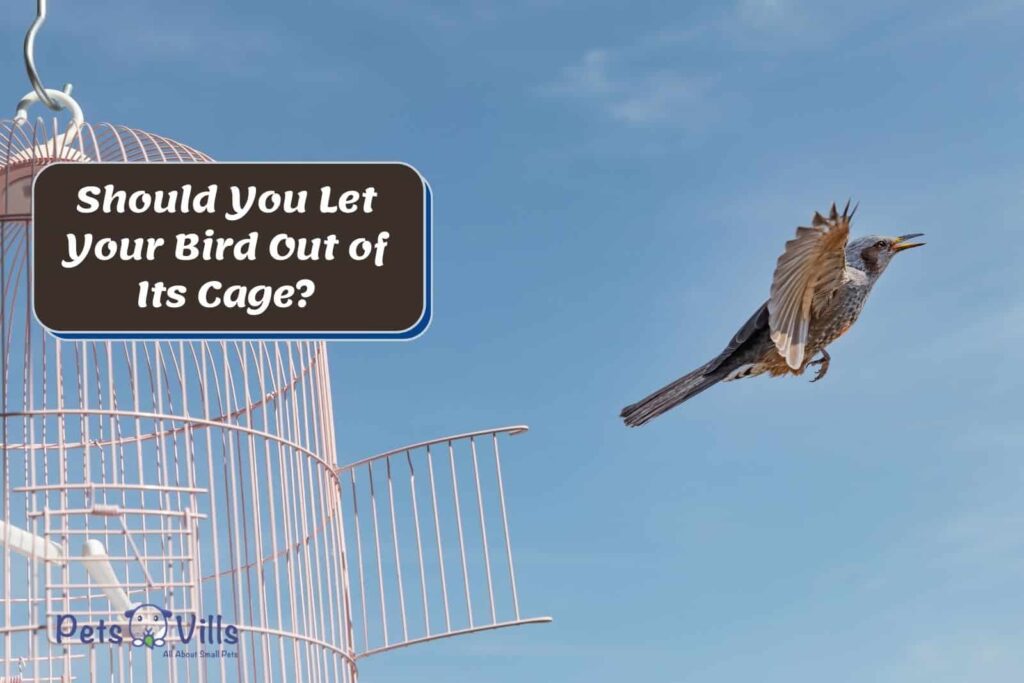
This image is property of petsvills.com.
Dealing with Flightless Birds
While flight is a natural behavior for most birds, some birds may not have the ability to fly due to physical limitations or injury. In such cases, alternative options for exercise and stimulation need to be provided.
Alternative Exercise Options
For flightless birds, it’s essential to offer alternative exercise options to promote physical activity. Encourage your bird to climb, explore different surfaces, and engage in activities that stimulate its muscles and joints. Providing a variety of perches, ladders, and climbing structures can help mimic the natural movements and exercise that flight would provide.
Physical Therapy Exercises
If your bird is flightless due to injury or illness, physical therapy exercises may be beneficial in aiding its recovery. Consult with an avian veterinarian or a veterinary specialist for guidance on specific exercises that can assist in strengthening your bird’s muscles, improving mobility, and enhancing its overall well-being.
Conclusion
Providing safe out-of-cage time for your bird is vital for its mental and physical well-being. By allowing your feathery friend to explore, socialize, and engage in natural behaviors outside of its cage, you contribute to its overall happiness and quality of life. Remember to create a safe environment, supervise your bird, encourage flight, introduce toys and activities, train and recall, establish a routine, monitor your bird’s health, and make necessary adjustments for flightless birds. By taking these steps and gradually expanding your bird’s freedom, you can give your feathered friend the flight and freedom it deserves.


